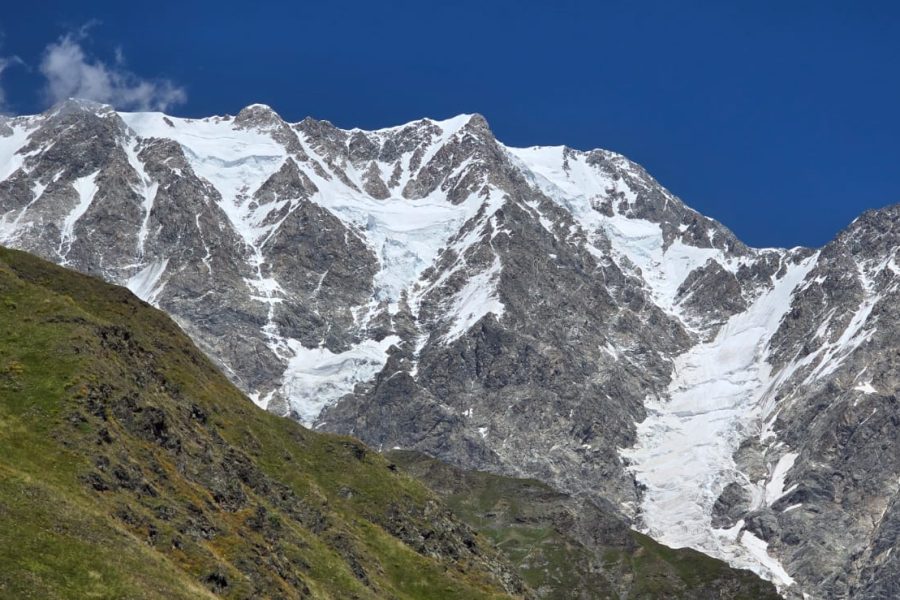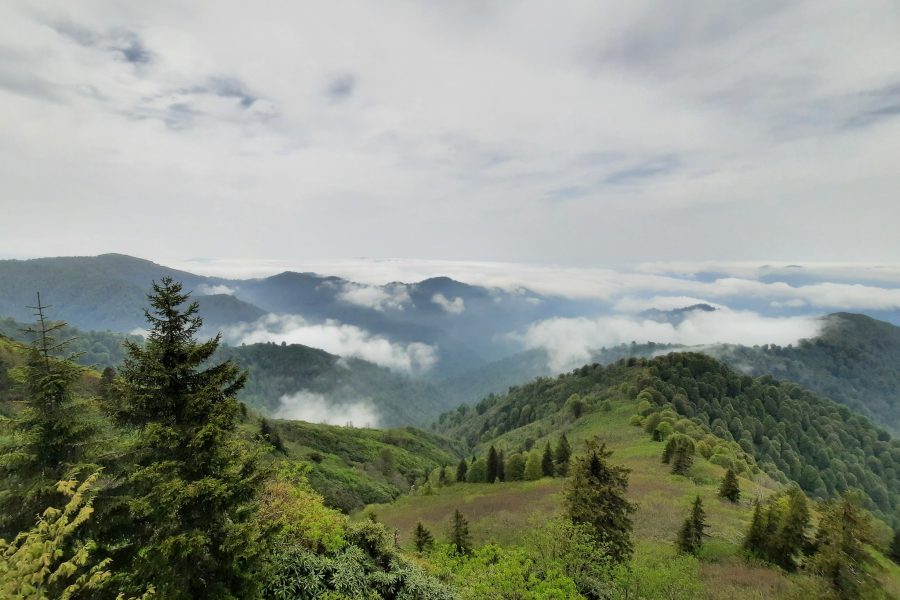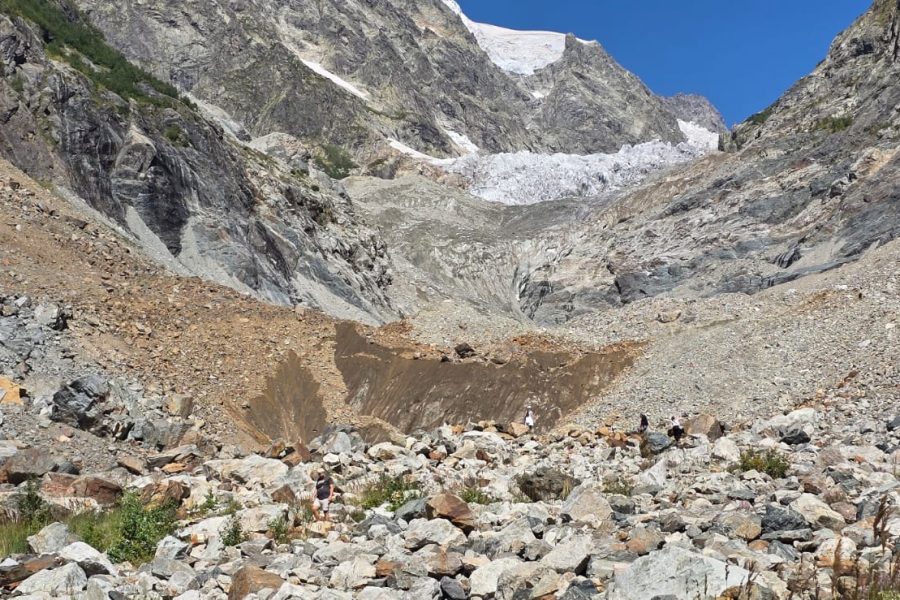Armazi Fortress: Acropolis of the Iberian Kings
On the forested slopes across the river from Mtskheta lie the venerable ruins of Armazi, the ancient acropolis and pre-Christian spiritual center of the Kingdom of Iberia (Kartli). This is one of the most historically significant archaeological sites in Georgia. To walk among these stones is to step back to the very dawn of the Georgian nation, to a time of pagan gods and the first powerful kings.
The story of Armazi is the story of Georgia’s birth. Founded in the 3rd century BC by King Parnavaz I, this city-fortress was named after the supreme pagan idol, Armazi. For centuries, this was the political and religious heart of the kingdom, a bustling city with palaces, temples, and strong fortifications. It was here that the first Georgian script was created. The city’s power waned after the capital was moved to Tbilisi in the 6th century, and it was finally destroyed by an Arab invasion in the 8th century.
A visit to Armazi is an adventure for the dedicated history lover. It requires a hike up the mountain, where you can explore the extensive ruins scattered through the forest. You can find the remains of the massive citadel walls, a royal palace, a Roman-style bathhouse, and the foundation of a 6th-century Christian basilica built after the pagan era.
The atmosphere is one of profound antiquity. Unlike later medieval castles, these ruins feel ancient, connected to a deeper, pre-Christian past. It is a place of immense historical weight, where you can feel the layers of Georgia’s long and complex story. Armazi is not just a ruin; it is the cradle of Georgian civilization.
🗺️ Geography & Location
Exact Location:
The ruins are located on the left bank of the Mtkvari River, opposite Mtskheta, in the Mtskheta Municipality.
Strategic Placement:
It was the acropolis of the ancient capital, Mtskheta, built on a high, defensible ridge controlling the main approach to the city from the south.
Coordinates:
Approximately 41.8361° N, 44.7000° E.
📖 History & Background
Date of Construction & Origins:
Founded in the 3rd century BC, it served as the capital of the ancient Georgian Kingdom of Iberia (Kartli) before the capital was moved to Tbilisi.
Historical Role:
The political, military, and pre-Christian religious center of ancient Georgia. It was named for the pagan idol Armazi.
Important Events:
The city was famously captured by the Roman general Pompey in the 1st century BC. It was finally destroyed by the Arab general Marwan ibn Muhammad (“Murvan the Deaf”) in the 730s.
Status:
A major archaeological monument of national significance.
🏗️ Architecture & Design
Materials Used:
Hewn stone blocks and brick.
Key Features:
- Acropolis: The site includes the ruins of a citadel, a royal palace, bathhouses, and a wine cellar.
- Layered History: The site contains both pre-Christian and early Christian structures, including the base of a basilica.
Unique Aspects:
Its status as the pre-Christian capital of Georgia makes it a site of unparalleled historical importance. It is a direct link to the origins of the Georgian state.
🌟 Cultural & Tourist Significance
The Cradle of a Nation:
Armazi is a key site for understanding the origins of Georgian statehood, religion, and culture.
Archaeological Adventure:
The extensive, forested ruins offer a profound sense of discovery for hikers and history enthusiasts.
🚶 How to Visit
Best Time of Year to Visit:
Spring and autumn are best for the hike.
Accessibility:
Difficult. Requires a moderate to strenuous hike up the mountain from near the Armazi valley road.





Leave a review